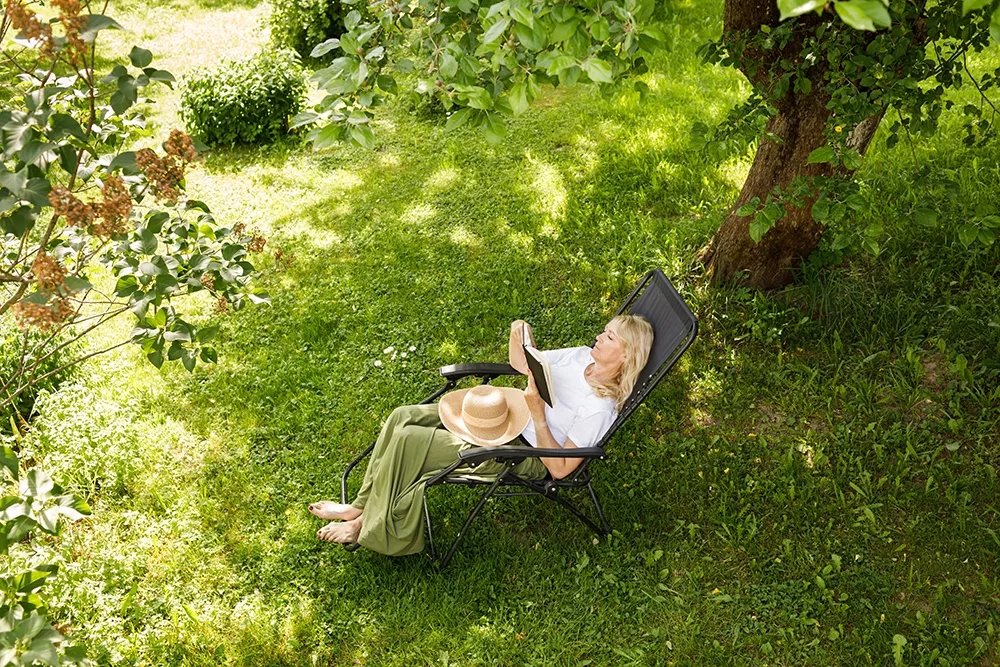The Lendület Landscape and Conservation Ecology Research Group at the HUN-REN Centre for Ecological Research (HUN-REN CER), in collaboration with the Institute of Psychology at the University of Debrecen (UD), has launched a comprehensive project, in which researchers simultaneously study the biodiversity of settlements in the Carpathian Basin and, by applying the citizen science method, map the local population’s opinions. The aim is to uncover the connections between the residents' relationship with nature and the landscape ecology and biodiversity of the settlements. Based on the findings, they intend to support municipalities in planning and maintaining sustainable urban green spaces that benefit both the residents and biodiversity.

A very important global trend at the end of the 2000s was the reversal in the ratio of urban and rural populations in favour of urban dwellers. Nowadays, in Hungary, 70% of the population lives in urban environments.1 Although urban life comes with numerous advantages, it significantly restricts our connection with nature. The majority of people rarely leave their residence in their everyday lives, making nearby green spaces the primary source of everyday nature experiences. The importance of urban green spaces becomes particularly evident when choosing a place of residence, as they not only improve the quality of life but also enhance the attractiveness of cities as residential and business locations.
According to German surveys, two-thirds of people consider green areas and the landscape as a decisive factor when choosing a place of residence. The majority of families find it more important, for example, to have suitable green spaces nearby than the proximity of schools or kindergartens.2 Due to all of these factors, these areas are crucial elements of urban development as parts of public spaces.
The increasingly severe climate change does not spare the biodiversity, which is also significantly influenced by human habitat-destructive activities. Conservation cannot rely solely on protected areas. Urban green spaces, besides their recreational and social functions, are vital as habitats for animals and plants. All of us can contribute to preserving biodiversity in our settlements through various good practices, including planting native, flower-rich plant species that serve as food for pollinators, less frequent mowing, leaving the leaf litter on the ground in winter, or maintaining a traditional, pesticide-free vegetable garden. None of these require significant effort but can mean a lot to many species that have been displaced from their natural habitats due to intensive land use and seek refuge in urban areas.
It is an important question what portion of biodiversity the green spaces of settlements can preserve, depending on their management, and what conservation potential is harboured in them based on the surrounding land use outside the settlement. To answer these questions, the Lendület Landscape and Conservation Ecology Research Group at HUN-REN CER and the UD Institute of Psychology have launched a complex project. In this project, researchers simultaneously examine the biodiversity of settlements in the Carpathian Basin and the opinions of the local population.
They seek to answer the question of to what extent the villages and towns of different landscapes can provide refuge for various groups of living organisms. Based on preliminary results, on the outskirts of villages ‒ especially where natural habitats are present ‒ biodiversity is generally higher than in village centres. It has also been shown that in the peri-urban areas near cities, the negative, species-reducing effects of urbanisation are more pronounced than in villages farther away from cities.
During the questionnaire survey, the researchers aim to understand the opinions of the residents of settlements regarding urban green spaces. They seek to find answers regarding the correlation between the connection of the population of a given settlement with nature, their environmental awareness, and the landscape ecology and biodiversity of the settlement. Building on the results of the survey, they intend to provide support to municipalities in planning and maintaining urban green spaces that are beneficial for both the residents and biodiversity.
References:
1. https://www.science.org/doi/abs/10.1126/science.1150195